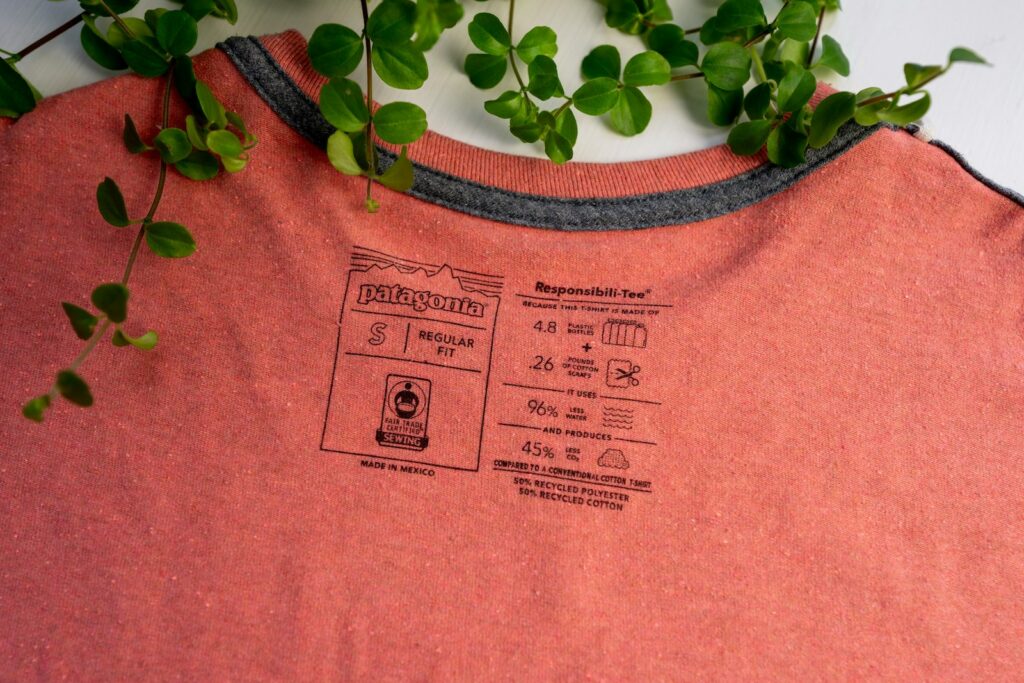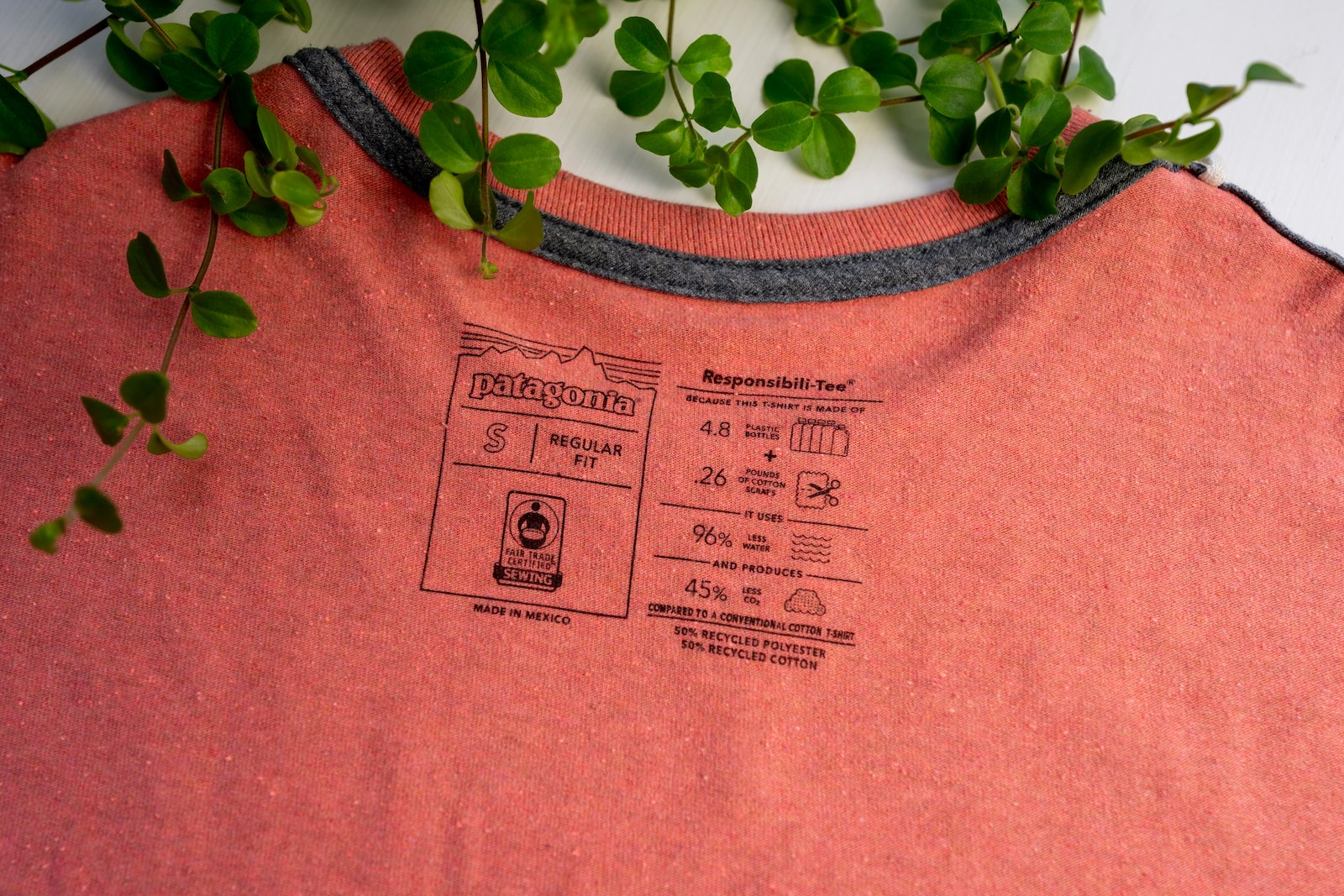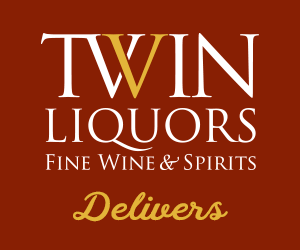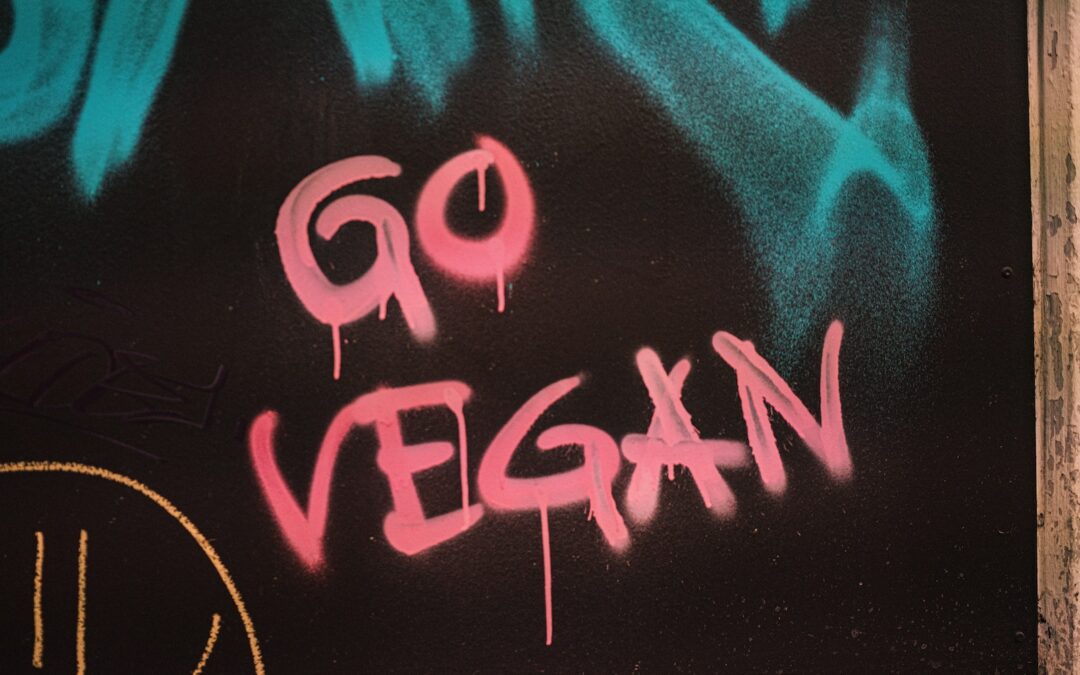
How to Build a Vegan Wardrobe with Compassionate Choices
Ethical fashion is gaining traction as consumers become more environmentally and socially conscious, with a growing interest in how their choices impact the world. A vegan wardrobe is a significant expression of this consciousness, incorporating clothing and accessories that do not harm animals and seek to minimize environmental damage. The path to a cruelty-free closet involves selecting materials that are both sustainable and ethical, whether it’s organic cotton known for its minimal pesticide use or linen, celebrated for its natural biodegradability and low water requirements.
Building a vegan wardrobe isn’t just about avoiding animal-derived materials like leather, wool, silk, and fur; it’s also about fostering a fashion ecosystem that values the longevity and timeless style of each piece. The philosophy embraces loving what one already owns and complements this with carefully chosen additions that align with ethical values. This approach supports a shift from fast fashion’s ephemeral trends towards a more thoughtful and enduring relationship with clothing.
The fashion industry is waking up to the need for change, with designers and brands introducing cruelty-free and sustainable practices. These pioneers are setting new standards for what fashion looks like when it’s free from animal products. The result is a versatile, stylish, and ethical wardrobe that doesn’t sacrifice aesthetics for principles, proving that fashion can be both vegan and fashionable.
Understanding Ethical Fashion
Ethical fashion represents a growing commitment to sustainability, cruelty-free practices, and thoughtful consumerism in the fashion industry. It challenges traditional methods by offering alternatives that aim to reduce the negative impact on the environment and society.
From Fast to Ethical: Transforming Fashion
The transformation from fast fashion to ethical fashion is pivotal. Fast fashion refers to the rapid production of inexpensive clothing by mass-market retailers, which has been criticized for its environmental and social impacts. Ethical fashion counters this by focusing on sustainable practices—such as using eco-friendly materials and reducing waste—and fair labor conditions. Consumers are encouraged to consider the longevity and origins of their clothing, rather than just the passing trends.
The Vegan Fashion Movement
Vegan fashion is a crucial pillar of ethical fashion, ensuring that no animals are harmed in the making of clothing and accessories. It excludes materials like fur, leather, wool, and silk, and instead opts for plant-based or synthetic alternatives that are cruelty-free. The vegan fashion movement not only supports animal welfare but often intersects with environmentally sustainable practices, striving for a comprehensive approach to ethical fashion.
Building Blocks of a Vegan Wardrobe
When embarking on the journey of creating a vegan wardrobe, the core elements are the materials and the makers behind the fashion items. Knowing what constitutes an ethical fabric and recognizing the brands and designers committed to these principles is essential.
Sustainable Materials to Look For
Organic Cotton: Renowned for its softness and breathability, organic cotton is a staple in the ethical fashion space because it is cultivated without harmful pesticides or synthetic fertilizers. Moreover, it often carries a lower environmental footprint than conventional cotton.
- Bamboo: This fast-growing plant is transformed into a fiber that yields comfortable and moisture-wicking garments. However, consumers should verify the processing method to ensure environmental friendliness.
- Linen: Linen is another natural favorite, derived from the flax plant, which typically requires less water than cotton and eschews the need for numerous chemicals.
Hemp: With a similar feel to linen, hemp is a durable material that grows quickly and often does not need pesticides. It is becoming more popular for its minimal environmental impact.
- Tencel and Lyocell: Both fibers are derived from sustainable wood sources and are produced via a closed-loop process that recycles water and solvents.
- Recycled Polyester: As a response to traditional polyester’s environmental toll, recycled polyester utilizes post-consumer plastic, reducing landfill waste and the demand for new petrochemicals.
- Vegan Leather Alternatives: Innovations such as cactus leather, apple leather, and leaf leather have emerged as sustainable and cruelty-free versions of traditional leather, often utilizing byproducts from other industries.
Identifying Ethical Brands and Designers
Vegan Brands: They are committed to avoiding animal-derived materials altogether, ensuring every part of their production aligns with vegan standards.
- Independent Designers: Often independent designers are on the cutting edge of ethical practices, offering transparency in their sourcing and manufacturing processes.
Ethical Practices: When researching brands, it’s important to consider their labor policies, environmental impact, and transparency to ensure they adhere to ethical fashion principles.
- Ethical Wardrobe: Constructing an ethical wardrobe doesn’t just stop at the materials but also considers the longevity of the garment and the brand’s approach to sustainability in the long term.
Curating Your Eco-Conscious Collection
Building a sustainable wardrobe is not only about making ethical choices, but also about cultivating a collection that reflects personal style and commitment to the environment. Key to this is creating a vegan capsule wardrobe and discovering cruelty-free alternatives for accessories.
Creating a Vegan Capsule Wardrobe
A vegan capsule wardrobe focuses on timeless and versatile pieces that allow for a variety of outfit combinations with fewer items. The idea is to embrace minimalism and select pact garments that serve multiple purposes. For example, a single classic blazer can transition from office wear to evening attire.
- Essentials of a vegan capsule wardrobe:
- Tops: Plain tees, button-down shirts
- Bottoms: Comfortable jeans, tailored trousers
- Outerwear: Versatile blazers, neutral-colored cardigans
- Dresses and skirts: Simple cuts, neutral palettes
- Material considerations: Ensure materials are PETA-approved vegan.
- Style: Aim for classic designs over fast-fashion trends.
- Function: Clothes should be easy to mix and match for different occasions.
When building a vegan wardrobe, each piece should be selected with both sustainability and personal style in mind.
Accessorizing with Cruelty-Free Alternatives
Accessorizing is a dynamic way to express vegan style while adhering to ethical practices. Cruelty-free alternatives include accessories made without harm to animals, incorporating materials like synthetic leather or plant-based textiles.
- Examples of sustainable accessories:
- Bags and wallets: Opt for those made with innovative vegan materials.
- Jewelry: Choose items from ethical sources that don’t exploit workers or animals.
- Shoes: Look for durable materials and ethical manufacturing processes.
Statement pieces, such as bold watches or scarves, can add personality to a minimalistic wardrobe without compromising ethical values. Embrace brands that are recognized for their commitment to sustainable wardrobe principles and have cruelty-free certifications.
Maintaining and Growing Your Vegan Wardrobe
Building a vegan wardrobe aligns with the principles of sustainable living and ethical clothing choices. It’s a process that involves careful selection and maintenance of attire from sustainable brands as well as thrift stores, supporting the cycle of re-love for pre-owned garments. This section will focus on how to preserve the longevity of these pieces and ways to stay connected with the vegan fashion community for continuous inspiration.
Care Tips for Longevity
When it comes to care tips to ensure the longevity of vegan knitwear and pieces made from materials like recycled cotton or cupro, the key is gentle handling. Always follow the care instructions provided by brands such as Will’s Vegan Store or Komodo, which typically suggest washing in cold water, using eco-friendly detergents, and air drying when possible. For items that need a bit more attention, consider a local green dry-cleaner who uses environmentally-friendly practices.
- Recycled materials: They can be more delicate, so aim to wash less frequently and spot clean when needed.
- Knitwear: Protect from moths by using natural repellents like cedar, and store them folded to prevent stretching.
Maintaining a vegan wardrobe also means being mindful during sales and discounts to avoid impulse buys. Opt for high-quality pieces that fit well with your existing wardrobe and resist fast fashion temptations.
Staying Informed and Inspired
Remaining informed and inspired in the vegan fashion space means connecting with others who share your values. Follow vegan fashion writers and publishers like Murdoch Books or subscribe to their newsletters for updates on the latest trends. Social media platforms such as Instagram, Twitter, and LinkedIn offer an abundance of resources – just make sure to follow ethical brands and influencers who promote sustainable living.
- Instagram: Great for visual inspiration from brands like Bohema and seeing how others style their sustainable pieces.
- Twitter: Useful for quick updates on vegan fashion news and engaging with the community.
- LinkedIn: Connect with professionals in the sustainable fashion industry for insights and opportunities.
Joining vegan fashion groups or forums can also provide support and ideas on how to expand your wardrobe responsibly. Remember, each addition to your wardrobe is an opportunity to support sustainable brands and make a positive impact on the planet.







